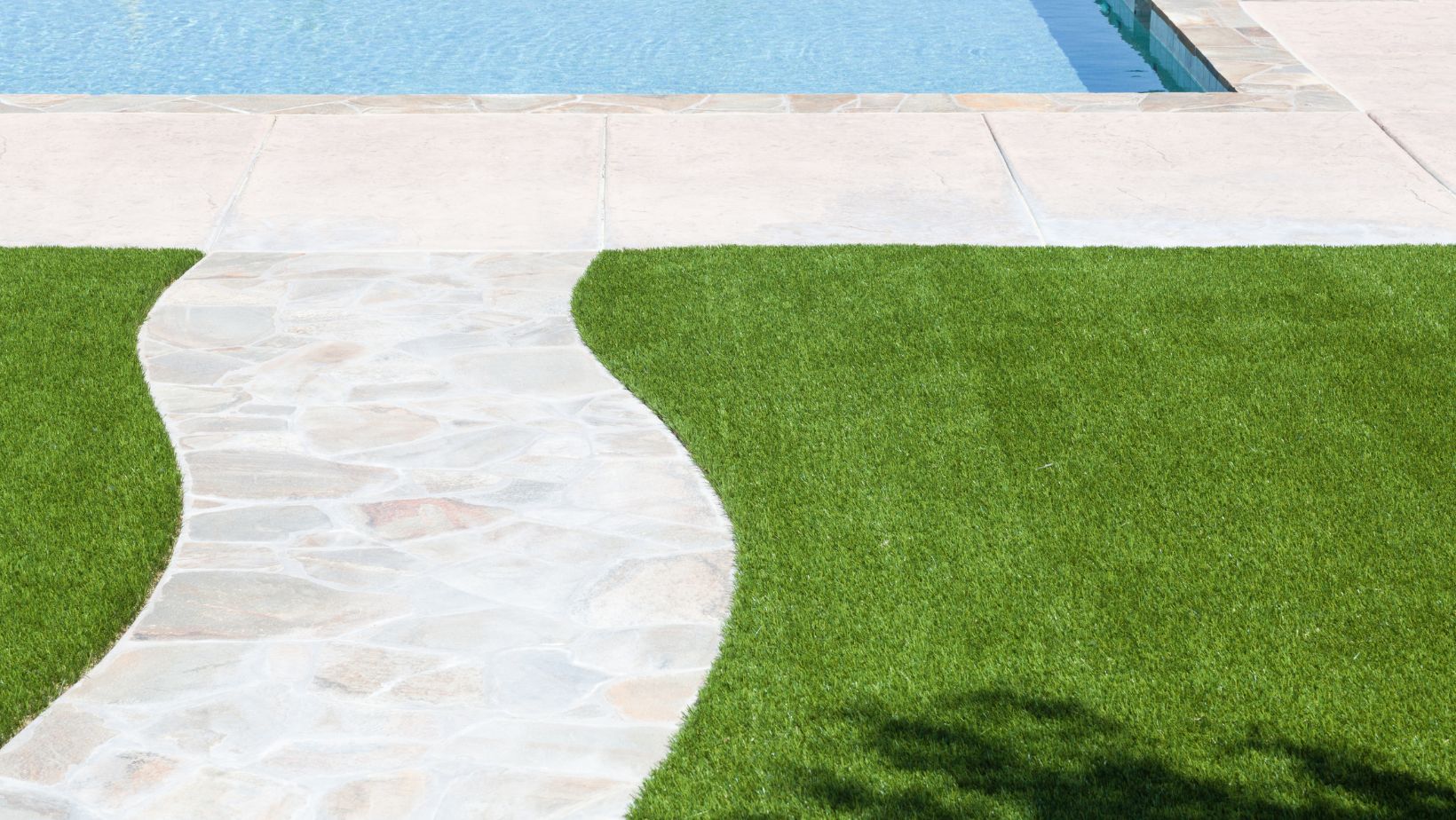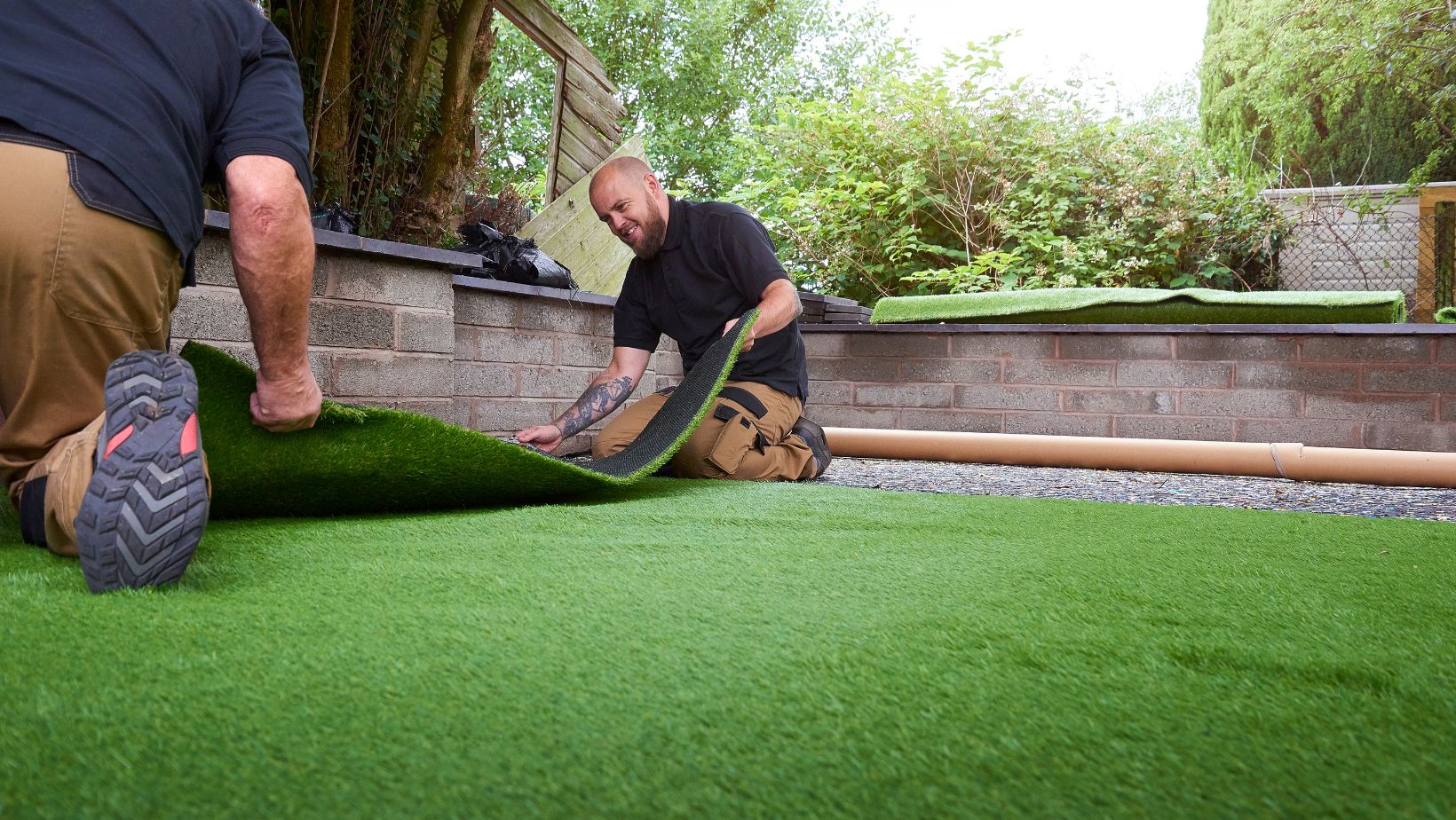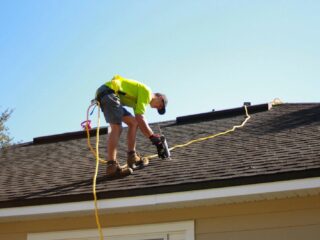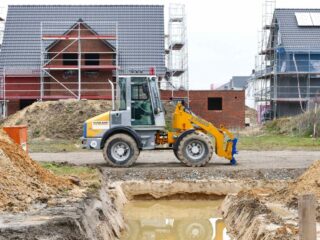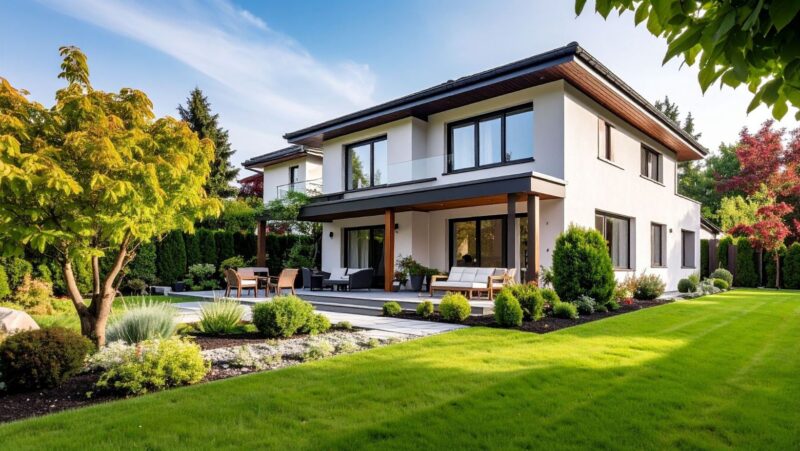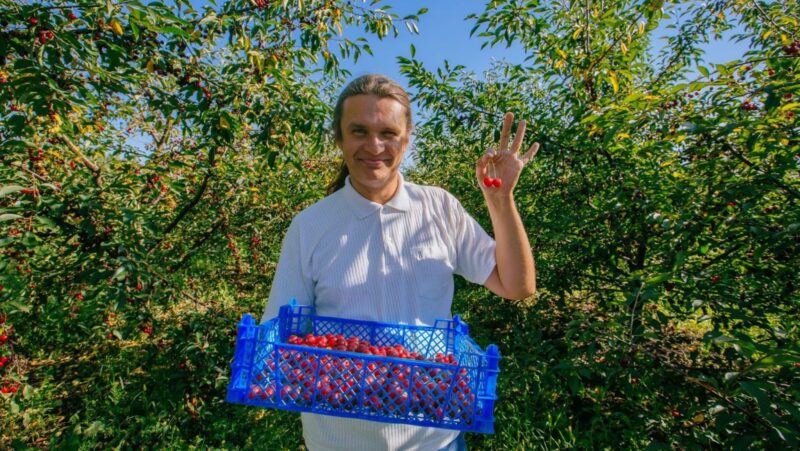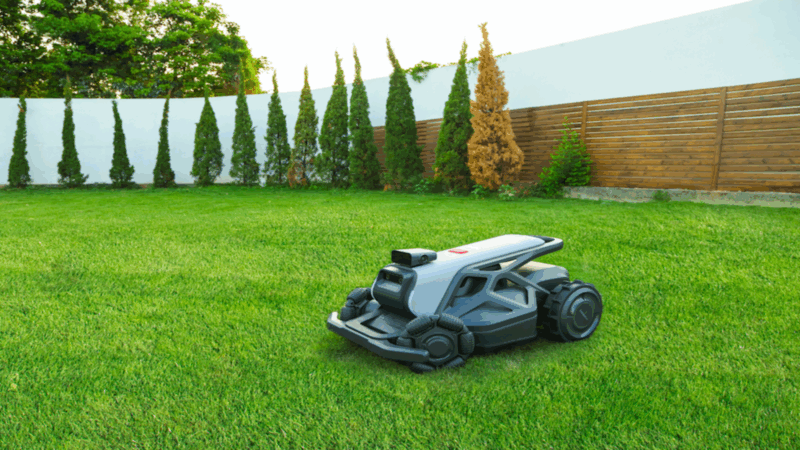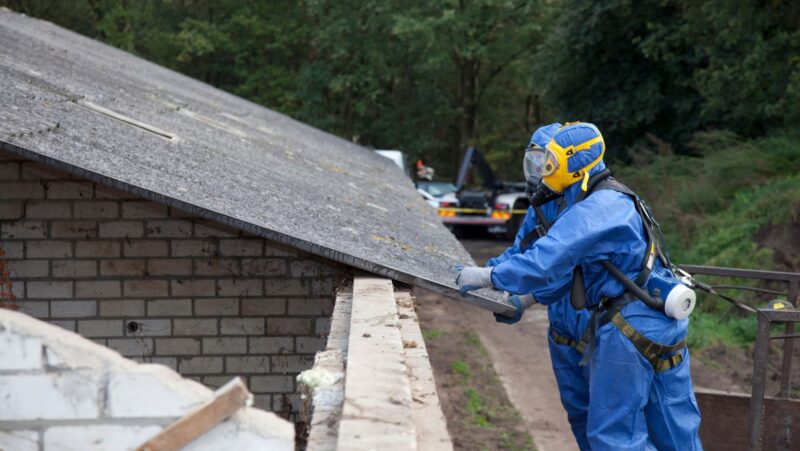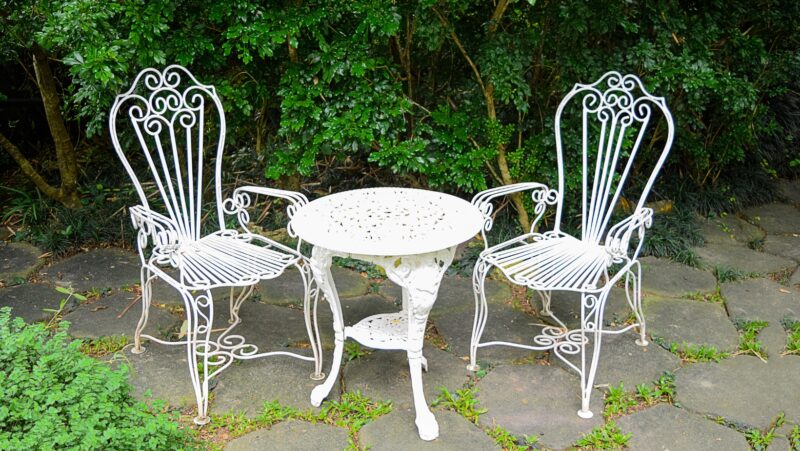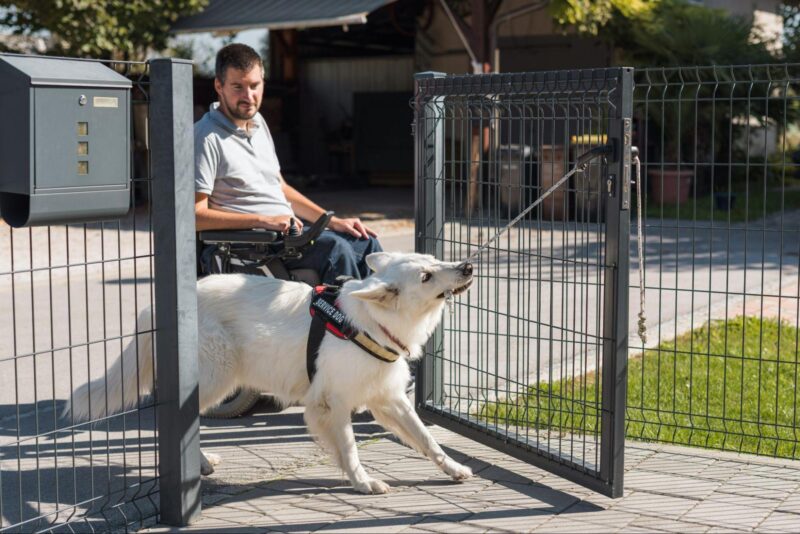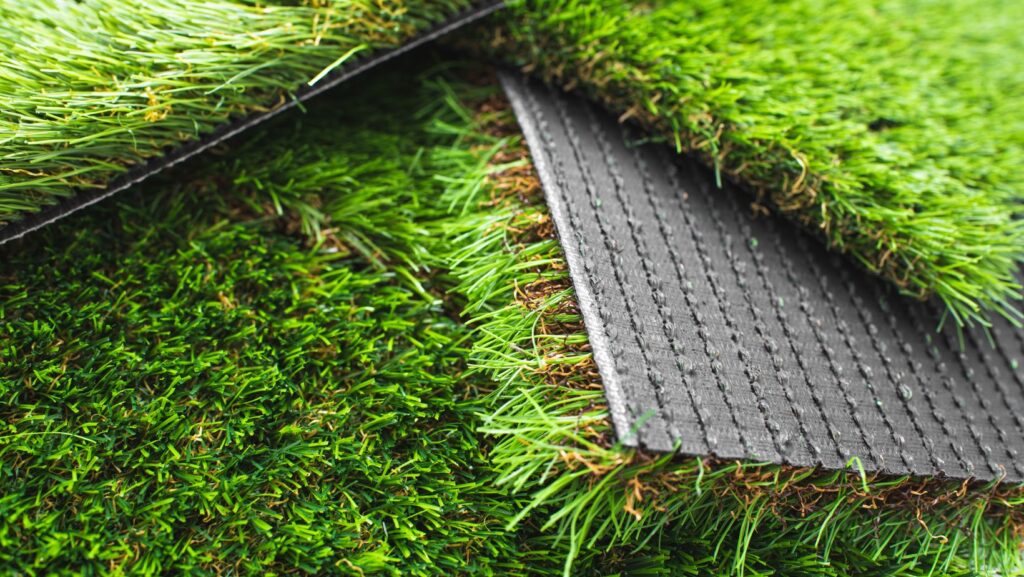
Thinking about artificial grass? You might picture a simple green carpet, but there’s much more beneath the surface. Understanding the different artificial grass materials like artificial grass denver is important if you want the best lawn for your needs.
From the fibers that mimic blades of grass to the backing material that holds it all together, the components used make a huge difference. The history of artificial grass materials shows a constant push for better looks, feel, and durability, leading to the sophisticated grass products available today.
Let’s explore what goes into making that perfect green turf space you’re dreaming of.
The Journey of Fake Grass: How Materials Changed Everything
Artificial grass wasn’t always the realistic lawn replacement we see on the market today. The early versions were quite different, mostly because the materials available were limited and the manufacturing process was still developing.
Think back to the first generation of synthetic turf. It was mostly made from nylon fibers, specifically nylon artificial grass.
These nylon fibers were tough, yes, but also pretty rough and didn’t feel natural underfoot. They were packed tightly together over a foam backing, creating a surface that felt hard and abrasive – not ideal for comfort or play.
Another issue? It got hot. Really hot. Nylon tended to soak up the sun’s heat, making the surface temperature much higher than real grass.
Enter Sand: Generation Two Improvements
People knew improvements were needed for this grass artificial product. So, the second generation arrived, bringing a key new component: sand infill.
Adding sand might seem simple, but it served several important jobs. It helped the synthetic blades stand up straighter, like grass stands, giving a bit more stability and helping prevent matting.
The sand also added some cushioning, which made the turf a little softer and safer. Plus, it helped the artificial grass artificial product look slightly more like the real thing.
But, this wasn’t a perfect solution. The sand could still be abrasive, leading to scrapes, especially for athletes on sports fields.
Over time, the sand would also compact down, losing its cushioning effect. This meant it needed topping up now and then, adding to maintenance. Even with sand, the grass turf still didn’t quite perform like natural grass.
Getting Softer and Safer: The Third Generation Arrives
The big leap forward came with the third generation of artificial grass. This is where things started looking and feeling much closer to the smart turf you probably picture today.
Manufacturers moved away from stiff nylon artificial yarns. They started using softer yarn material like polyethylene and polypropylene instead.
These new polymers were much less abrasive and felt better to touch. The individual turf blades themselves were often made longer and designed to look more like individual blades of natural grass, enhancing the feel natural aspect.
The infill materials changed too. Instead of just sand, a mix of sand and rubber granules became common as infill material.
Those tiny rubber bits added much better cushioning and shock absorption. This significantly improved safety and performance, making it feel more like playing on real turf. The goal shifted from just looking like grass to actually behaving more like it too, supporting heavy foot traffic better.
Today’s Turf and Looking Ahead
Most artificial grass installed today, whether it’s smart turf artificial grass or another brand, is based on that third-generation technology. It strikes a good balance between looking good, lasting a long time, and performing well for various turf projects.
But innovation hasn’t stopped; the manufacturing process continues to refine these grass products. Scientists and manufacturers are always experimenting with new artificial grass materials and techniques, leading to better artificial grass products.
We’re seeing newer infill options like TPE (thermoplastic elastomer) and EPDM (ethylene propylene diene monomer), which offer different benefits. These advancements are crucial for both residential artificial lawn areas and demanding commercial applications.
There’s also more focus on adding shock-absorbing pads underneath the turf for extra safety, especially in playgrounds. And the big push now? Sustainability. People are exploring plant-based materials and ways to make the entire system recyclable, addressing the environmental impact.
The future is focused on creating artificial grass turf that lasts, performs incredibly well, looks amazing, feels great, AND is kind to the planet. We want the durability of synthetics combined with eco-friendly practices, providing secure surfaces for years to come.
Breaking Down Modern Artificial Grass Materials
So, what exactly are you getting when you choose artificial grass today? It helps to break it down into its main parts: the turf fibers (blades), the infill, and the backing material.
Each part uses specific materials chosen for their properties, impacting everything from face weight to overall resilience. Let’s look closer at each one, understanding the role they play is crucial for a successful artificial grass installation.
The Grass Blades: Face Fibers
The most visible part is, of course, the blades themselves, often called face fibers or turf yarns. This is what gives artificial grass its color and texture.
Three main plastics dominate the market for these fibers:
- Polyethylene: This is probably the most popular choice right now. Why? Because polyethylene fibers are soft to the touch, look quite realistic, and hold up pretty well to foot traffic. It’s often used for residential lawns, landscaping, and playgrounds because it strikes a nice balance. Polyethylene is also fairly resistant to fading from UV rays, helping prevent fading over time.
- Polypropylene: You’ll find polypropylene artificial grass used too, sometimes on its own, sometimes blended with polyethylene. Polypropylene fibers are generally less durable than polyethylene for heavy traffic areas but can be very soft. It’s often found in lighter-use areas or as a ‘thatch’ layer lower down in the grass product to add realism and cushioning. Its lower melting point means grass polypropylene is less suitable for extremely hot climates compared to polyethylene or nylon artificial grass.
- Nylon (Polyamide): Remember the first generation? Nylon artificial is still around, although less common for landscape turf because it can feel stiffer. Its big advantage is strength and resilience – it bounces back extremely well after being stepped on, helping prevent matting. You might see nylon fibers used in putting green applications where ball roll is critical, or in very high-traffic commercial applications. It’s usually the most expensive option among artificial grass materials.
It’s not just the plastic type that matters; the quality from turf supplies can vary. The shape of the individual turf fiber also plays a big role in how the grass looks and feels.
Manufacturers use different extrusion processes to create shapes like ‘C,’ ‘S,’ ‘W,’ or ‘V’. These shapes affect the blade’s stiffness, how well it stands upright (resilience), and even how light reflects off it, influencing the overall appearance. Some shapes are designed to stay cooler than others, an important consideration for any turf lawn.
Another distinction is monofilament versus fibrillated yarns. Monofilament blades are single strands, often considered more natural-looking, mimicking real grass more closely.
Fibrillated yarns start as wider strips that are then partially split, creating a net-like structure that can be very durable but might look less realistic up close. The choice between them depends on the desired aesthetic and performance characteristics for your synthetic grass installation.
Keeping it Upright: The Infill
Think of infill material as the soil in a natural lawn. It’s the loose material spread between the grass fibers after the turf installation is complete.
Infill plays a crucial role for several reasons. It helps the artificial grass stands stay upright, gives the grass weight so it doesn’t shift around, provides cushioning underfoot, and protects the backing material from direct sun exposure and potential damage.
Without infill, your artificial lawn would quickly look flat and unnatural, diminishing the value of your turf artificial grass investment. Selecting the right infill materials is vital.
There are several types of infill materials used:
- Silica Sand: This is a common and often budget-friendly option. It’s basically fine sand with angular or rounded grains. It does a good job of weighing the turf down and supporting the blades. Downsides? It can compact over time, reducing drainage (affecting water absorption) and cushioning, and some find it can hold onto pet odors more easily than other types.
- Crumb Rubber (SBR): This used to be very popular, especially for sports fields. It’s made from recycled tires (Styrene-Butadiene Rubber). It provides excellent cushioning and bounce. However, concerns about heat retention (it gets very hot in the sun) and potential environmental/health questions related to chemicals from the tires have led many people to seek alternatives for their synthetic turf. Federal agencies continue research on its safety.
- Coated Sand: To combat some of silica sand’s downsides, manufacturers developed coated sand. This often involves coating the sand grains with acrylic or other polymers. This coating can help reduce dust, improve drainage, and sometimes includes antimicrobial properties to fight bacteria and pet odors, making it a popular choice for pet turf owners.
- TPE (Thermoplastic Elastomer): A newer generation infill, TPE is a type of flexible plastic granule. It’s often lighter than sand or rubber, stays cooler, offers good cushioning, and is recyclable. It’s generally more expensive though, affecting the overall cost of installing artificial grass.
- EPDM (Ethylene Propylene Diene Monomer): This is a type of synthetic rubber, but unlike SBR crumb rubber, it’s manufactured specifically as infill (not from recycled tires). It offers great cushioning and durability and comes in various colors, but it is typically one of the priciest options for turf artificial setups.
- Organic/Natural Infills: For those seeking eco-friendly options, infills made from cork, coconut fibers, or walnut shells are available. These are biodegradable and stay cool. However, they might require more maintenance (like occasional use of a turf rake), can break down over time needing replenishment, and may be more prone to floating away in heavy rain initially.
The choice of infill dramatically impacts the feel, performance, temperature, and maintenance needs of your artificial lawn. Considering these factors helps ensure long-term satisfaction with your synthetic grass.
The Foundation: Backing Materials
You can’t see it once the grass installation is complete, but the backing is the backbone of your artificial grass. It’s what holds the whole system together, providing secure anchoring for the turf fibers.
Artificial grass usually has two layers of backing material:
- Primary Backing: This is the fabric layer (or layers) that the individual grass fibers are stitched into, kind of like the canvas for a rug. It’s typically made from woven polypropylene fabric. Its job is simply to provide a stable base for tufting the turf yarns.
- Secondary Backing: Applied to the back of the primary backing, this layer acts like glue, locking the fibers in place so they don’t get pulled out easily. It also adds dimensional stability to the entire artificial grass product, preventing it from stretching or shrinking too much with temperature fluctuations. Common materials are polyurethane or latex. Polyurethane backing is often considered superior as it’s generally more durable, less prone to expanding/contracting, and offers better drainage compatibility than latex in many cases, according to some industry resources.
The backing includes drainage holes. These allow rainwater (and pet urine) to pass through the turf and into the prepared base materials underneath, maintaining a level surface and preventing water pooling.
Proper site preparation involves creating a stable sub-base material, often using crushed rock or decomposed granite, to facilitate drainage away from the artificial grass artificial grass surface. The type and quality of the backing influence the turf’s overall lifespan and how well it drains.
A strong, stable backing ensures your investment lasts longer and performs well. This is particularly important for commercial applications or areas with high foot traffic.
Connecting Pieces: Seaming Tape
During artificial grass installation, multiple sections of turf often need to be joined together seamlessly. This is where seaming tape comes in. High-quality seaming tape and adhesive are essential for creating strong, nearly invisible seams between turf rolls.
The tape is typically placed underneath the edges of the two turf pieces being joined. Adhesive is applied to the tape, and the turf edges are pressed firmly onto it.
Using the right seaming tape ensures the integrity of the entire artificial grass surface, preventing edges from lifting or separating over time, which could create tripping hazards. It’s a small component, but vital for a professional and durable turf installation.
Optional Extras: Shock Pads
For some applications, especially playgrounds or sports areas where falls are more likely, an extra layer called a shock pad can be installed underneath the artificial grass. Think of it as an underlayment for your lawn.
These pads are usually made from foam or rubber materials. They provide additional cushioning and impact absorption, helping to meet safety standards like critical fall height requirements.
While not strictly part of the turf materials themselves, they work directly with the turf system to enhance safety and comfort. Shock pads are a valuable addition for areas prioritizing user safety.
How Materials Affect Your Lawn Choice
Understanding these different artificial grass materials isn’t just interesting trivia. It directly helps you choose the right artificial grass product for your specific situation.
Consider what’s most important to you. Is it softness for kids to play on? Durability to withstand energetic pets? The most realistic look possible for your backyard putting green? Or maybe keeping the surface cool in summer?
Matching Materials to Needs
If you have pets, you’ll want durable fibers that resist digging and pulling, essentially good pet turf. You’ll also need excellent drainage (good backing permeability) and likely an infill that resists odors and bacteria, like a coated sand, to manage pet odors effectively.
For families with young children, softness (polyethylene fibers) and safety (good cushioning from infill, perhaps adding a shock pad) will be top priorities. You’ll want non-abrasive materials to create a safe play area.
If realism is your main goal, look for turf with multiple blade colors, a dense thatch layer (often made with polypropylene artificial grass), and potentially monofilament fibers in varied shapes. High-quality polyethylene often offers the best look, making the artificial grass artificial setup appear very close to natural grass.
Living in a hot climate? Pay close attention to the yarn material and shape (some stay cooler), and definitely consider cooler infill options like TPE or organic infills instead of crumb rubber or plain sand. Choosing the right base materials for the sub-base material installation also helps with temperature regulation.
Need something super tough for constant foot traffic or sports fields? Nylon artificial grass fibers might be worth considering, or at least a very dense polyethylene turf with resilient blade shapes and a robust infill like sand/rubber or EPDM. Higher face weight generally indicates more yarn and potentially better durability.
Budget constraints? You might lean towards standard silica sand infill and perhaps a turf blend using some polypropylene fibers, but be aware of the potential trade-offs in feel or longevity compared to premium options available from various turf supplies.
The Rise of Sustainable Options
The environmental impact of plastics is a growing concern. The artificial grass industry is responding by exploring more sustainable artificial grass materials.
- This includes using bio-based plastics derived from renewable resources like sugarcane for the turf fibers. Some manufacturers are incorporating recycled plastics into their backing materials.
- There’s also significant effort going into designing artificial grass systems that are fully recyclable at the end of their lifespan. This is challenging because the different components (fibers, backing, infill) need to be separated effectively. Effective recycling processes play crucial in reducing landfill waste.
- Choosing organic infills like cork also contributes to a lower environmental footprint. As technology progresses, expect to see more options focused on sustainability and recyclability across all artificial grass products.
The variety of artificial grass materials is surprisingly complex, moving far beyond simple plastic sheeting. From the type of polymer used for the blades (polyethylene, polypropylene, or nylon) to the shape of those turf fibers, the infill choice, and the backing system, every component matters.
Understanding these artificial grass materials helps you appreciate the technology involved in modern synthetic turf. More importantly, it empowers you to ask the right questions and choose a grass product that truly fits your lifestyle, needs, budget, and specific turf projects, whether it’s a simple lawn or a backyard putting green.
Whether you prioritize softness, durability, realism, safety, managing pet odors, or eco-friendliness, there’s likely an artificial grass system designed with materials to match, providing a beautiful and functional green space for years.

